Copyright © 2025 Protect Wisconsin Waterways
The City of Janesville has implemented many efforts to reduce stormwater runoff and pollutants from entering the Rock River and other area waterways. Besides the fact the Rock River flows directly through the city, Janesville’s storm sewer system directly connects the City of Janesville to the Rock River and other streams, ponds, wetlands, and stormwater outfalls in the area. Water that goes down storm drains in Janesville is not treated and flows directly to the Rock River and these other waterways. Janesville’s storm sewers are also regularly blocked by materials from around homes such as grass clippings, leaves, yard waste, and garbage, causing localized street flooding. Check out Janesville’s Stormwater Utility webpage to learn more about local stormwater issues and relevant ordinances in Janesville.
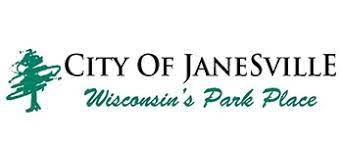
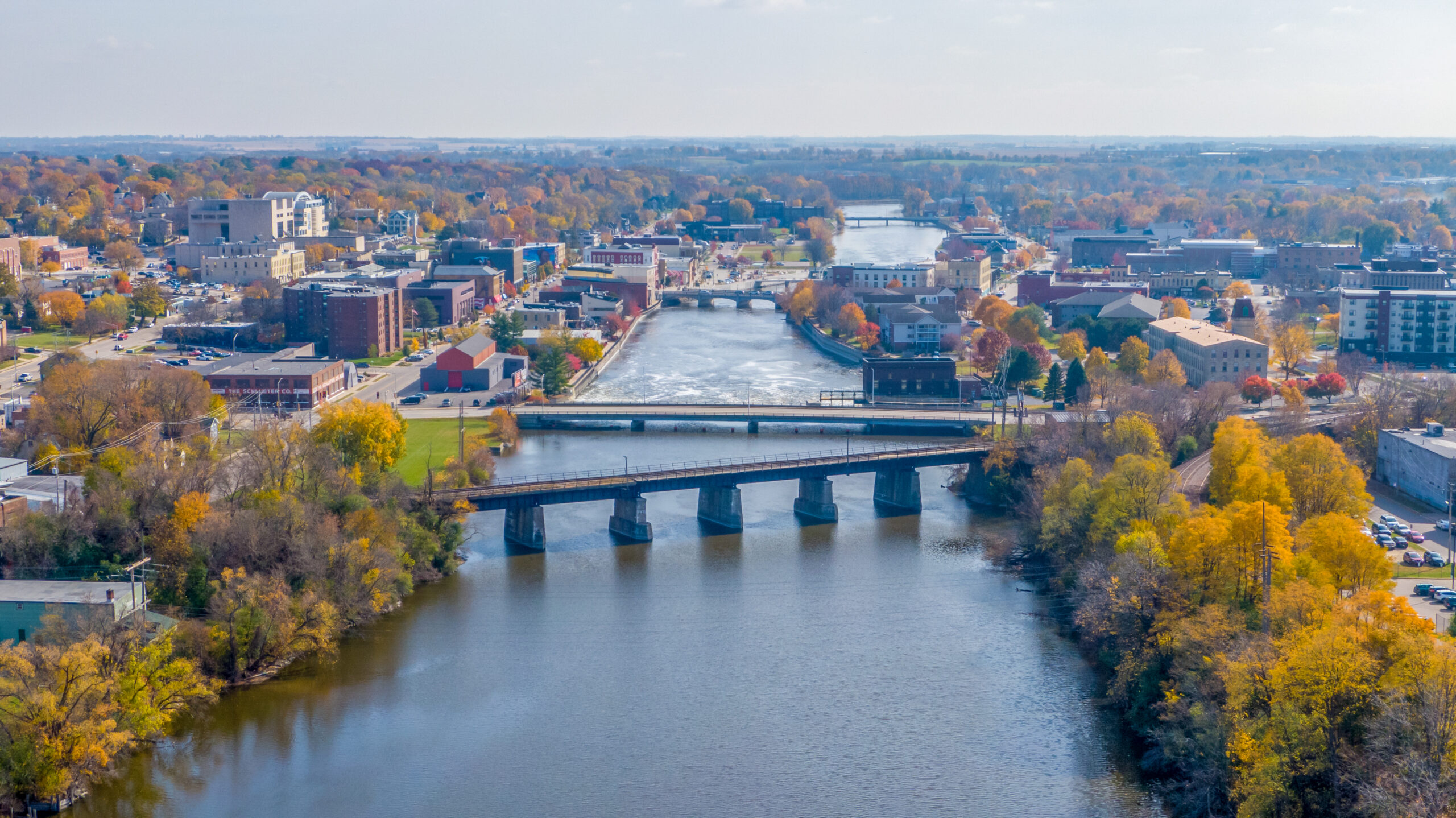
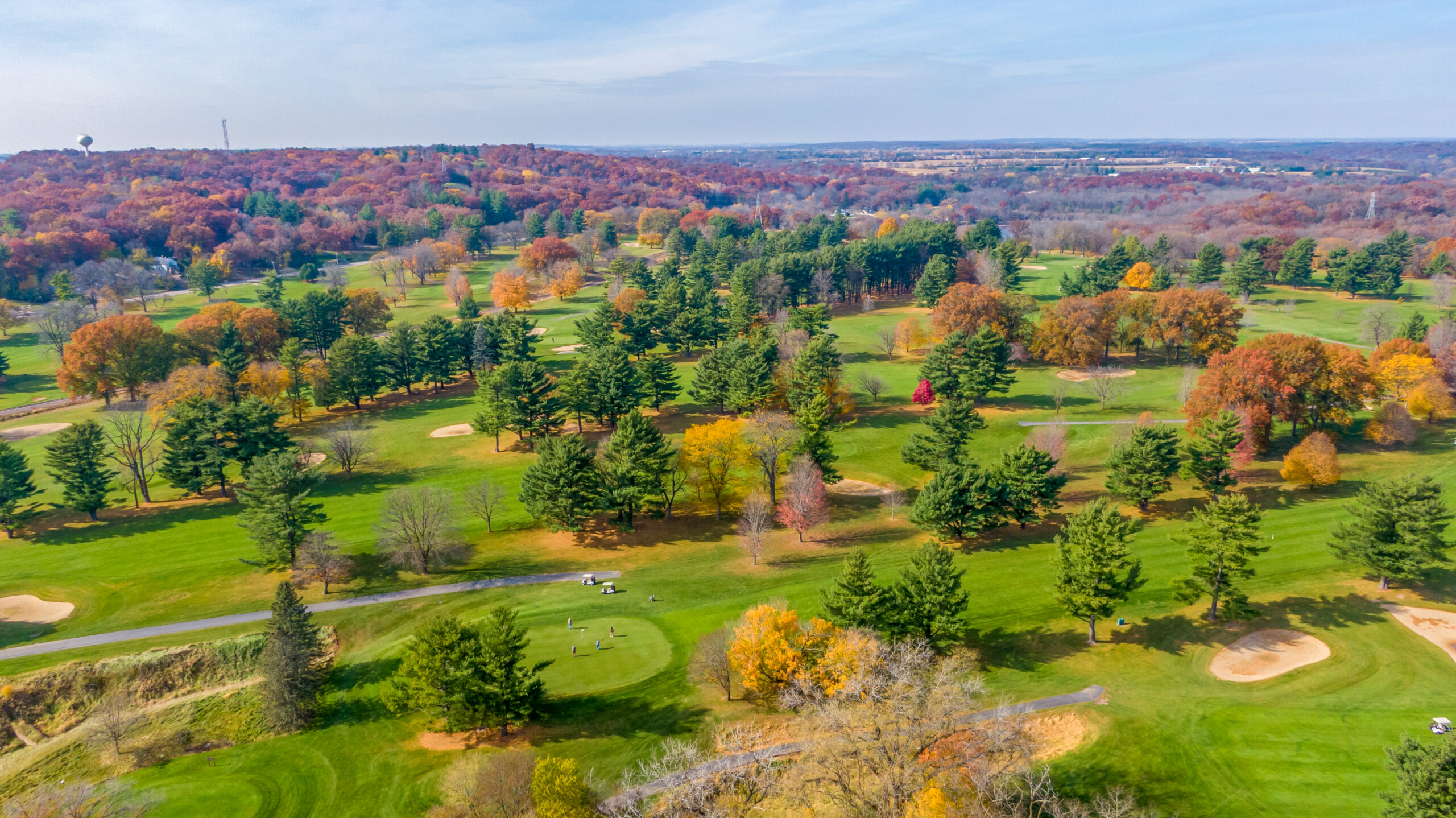
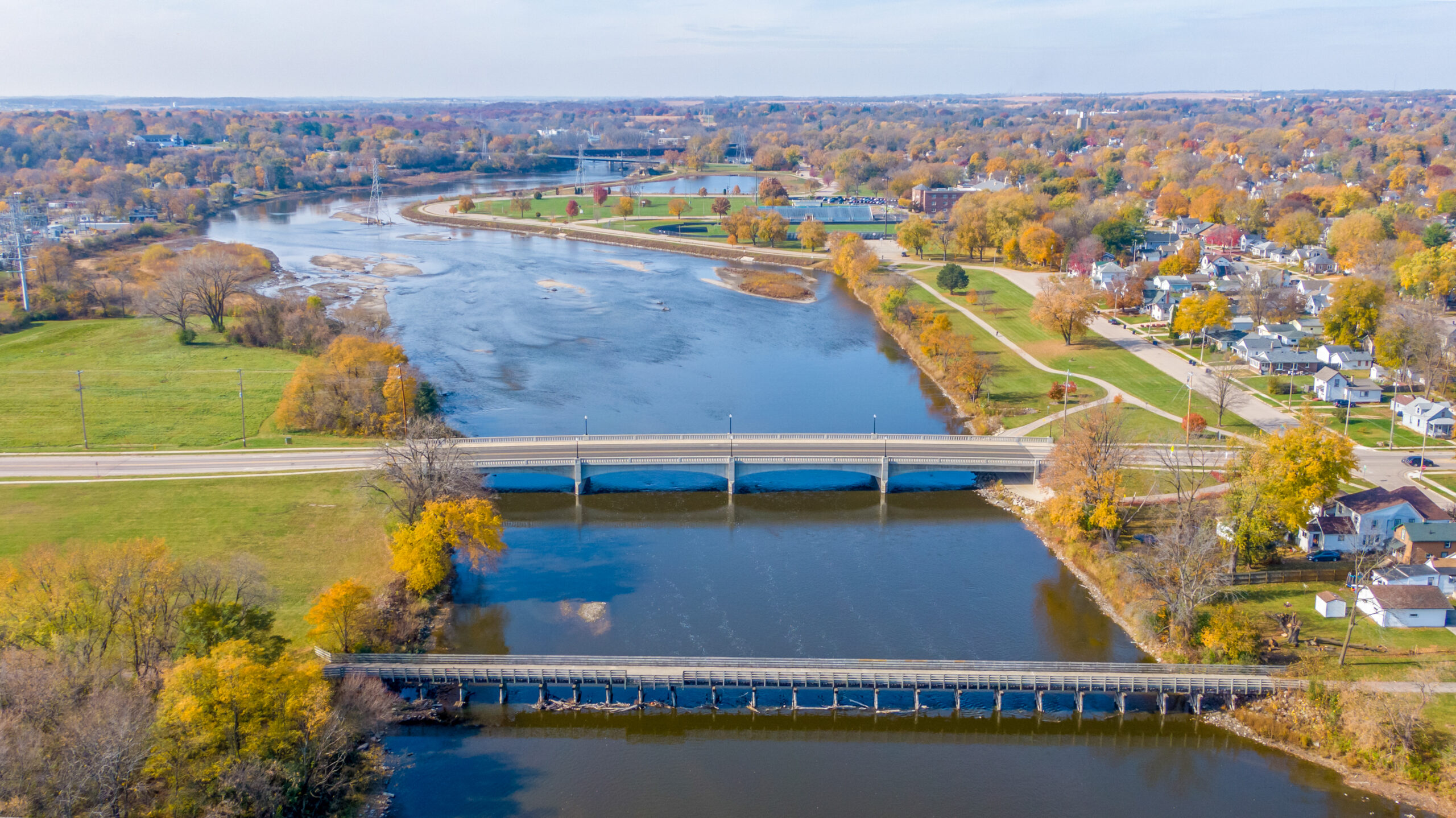
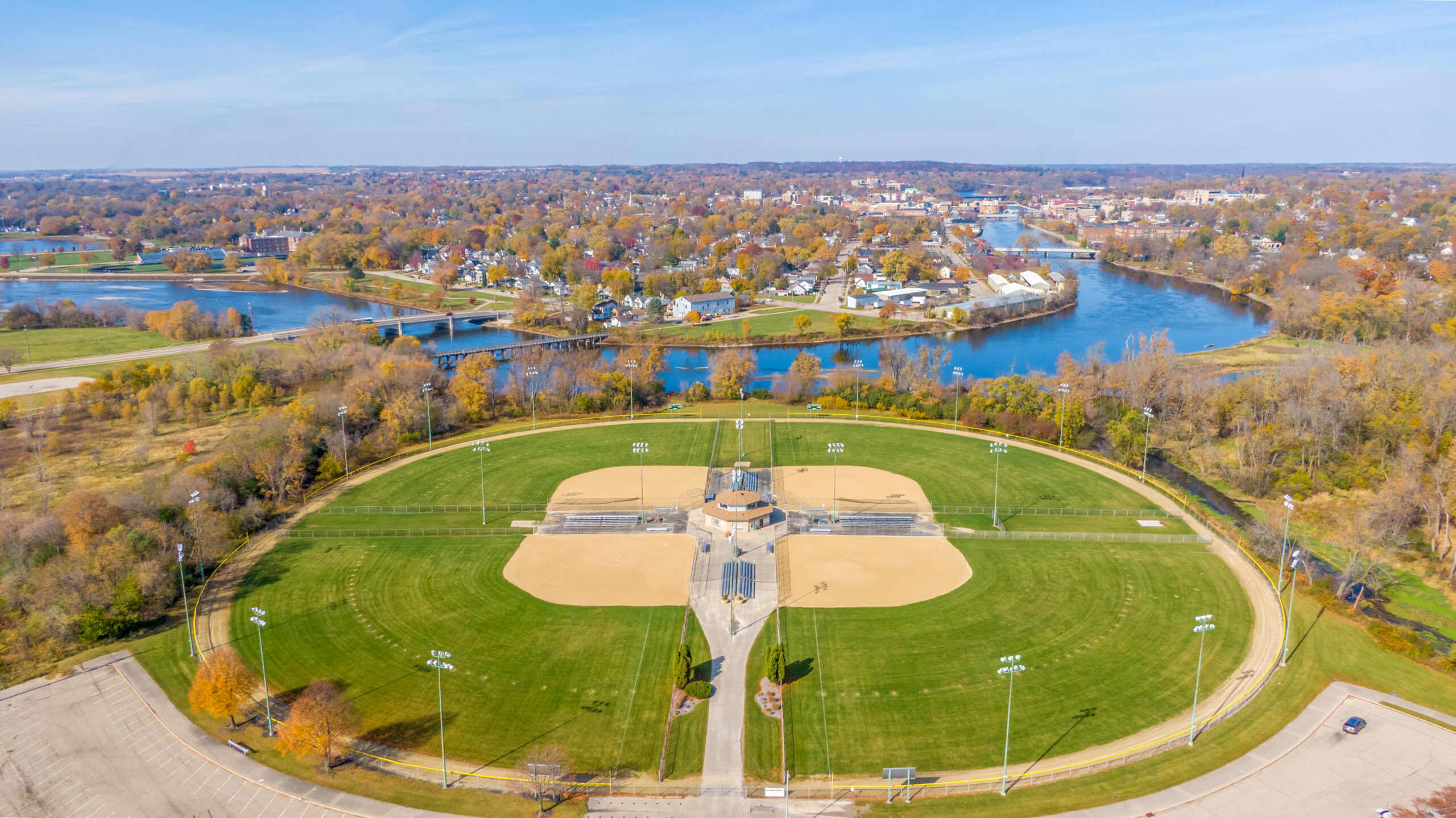
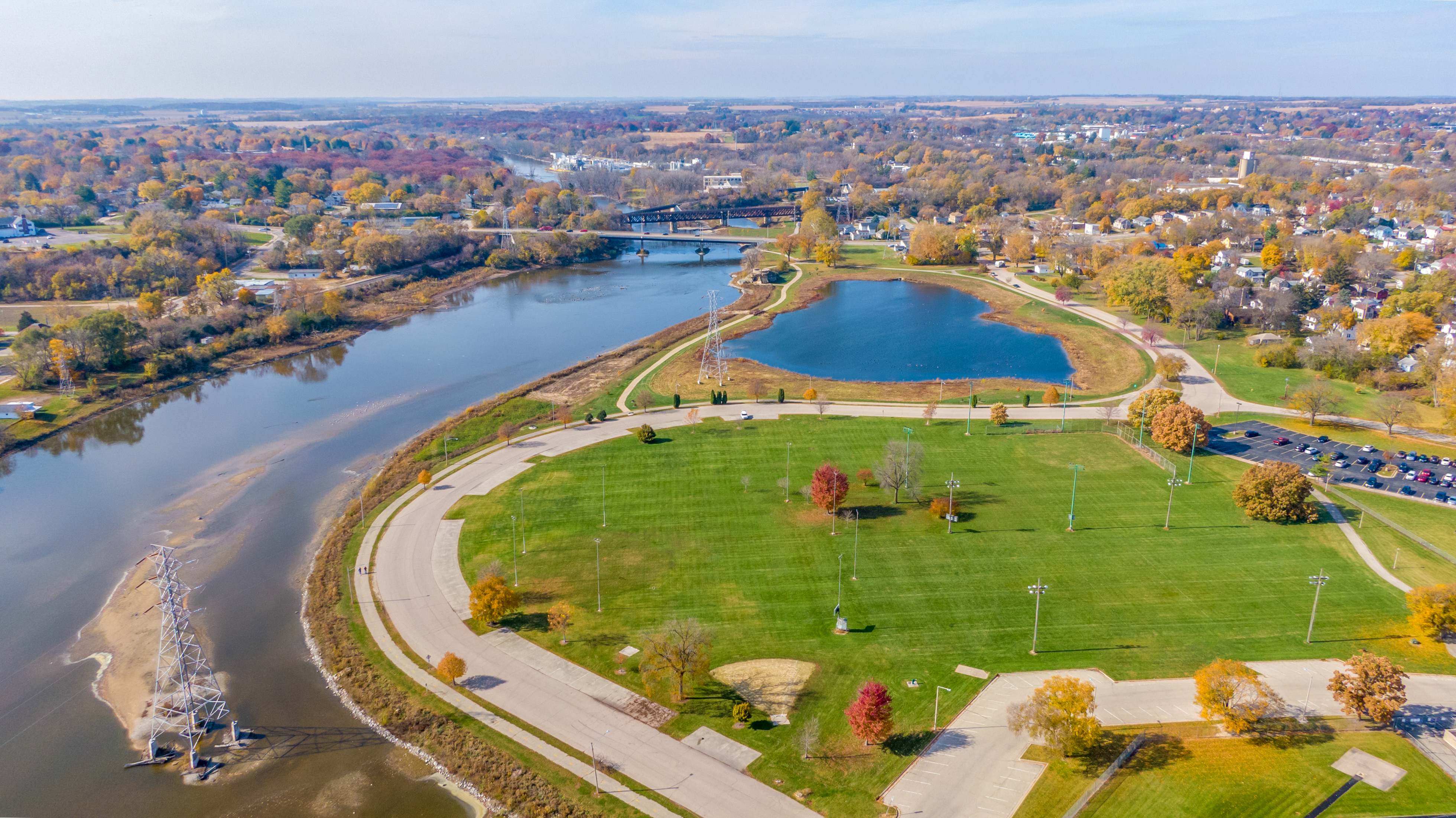
Rehabilitation of the City’s greenbelt system with conversion to native prairie vegetation:
Janesville has been working on rehabilitating the city’s greenbelts as an ongoing project since 2007. There were two reasons for starting this program. First, because of the relatively recent EPA and WDNR stormwater regulations, the city is now required to clean stormwater runoff prior to the water entering a lake or stream. Second, because the greenbelts have become so degraded there is a need to rehabilitate these environmental corridors. The process of managing a greenbelt includes the removal of invasive trees and shrubs. This is followed by planting a ground cover, nursery crop, and prairie grasses. About a year later, wildflowers are planted within the greenbelt. Three years after the initial restoration, greenbelt lands are evaluated for a scheduled and supervised burn of prairie grasses and continued maintenance and restoration needs. The primary purpose of this project is to provide surface water run-off and prevent flooding and property damage. Greenbelts provide open space and encourage active and passive recreational activities. They also support wildlife, natural prairie growth, trail use, enhance adjacent property values, and overall aesthetics of the city. Future greenbelt plans include planting additional prairie, prescribed burns, and trail improvements.
2016 Leaf study work completed by the two high schools:
The City of Janesville and the school district teamed up to study leaf management in the fall of 2016. Craig and Parker High School students in environmental science and communications technology classes assisted the City of Janesville in an important study related to leaf management and stormwater quality. The City collected data for the United States Geological Survey (USGS) regarding municipal leaf management activities and the effects on waterway pollutants. The Rock River is an impaired waterway with phosphorous being one of the leading pollutants in the river. These high levels of phosphorous can cause toxic algae blooms, weeds, depleted oxygen levels, reduced water clarity and reduced recreational opportunities. Leaves are a major source of the phosphorous within Janesville and the leaves washed from the street contribute to contamination in the river. This study focused on residential streets near Craig High School. Residents were instructed to manage their leaves differently based on their street. Throughout the study, the City staff and students collected data about the leaf management practices and potential impacts on phosphorous contamination in the river. This study is being used to shape Janesville’s leaf collection program.
Information obtained from:
Copyright © 2025 Protect Wisconsin Waterways